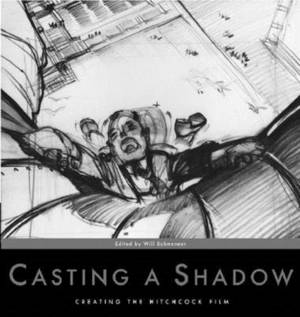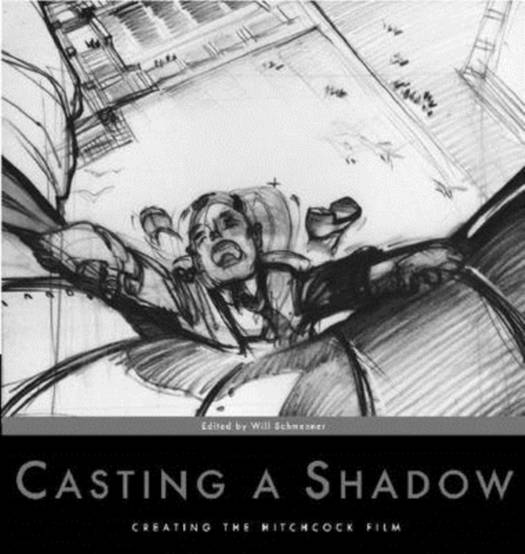
- Afhalen na 1 uur in een winkel met voorraad
- Gratis thuislevering in België vanaf € 30
- Ruim aanbod met 7 miljoen producten
- Afhalen na 1 uur in een winkel met voorraad
- Gratis thuislevering in België vanaf € 30
- Ruim aanbod met 7 miljoen producten
Zoeken
Casting a Shadow
Creating the Alfred Hitchcock Film
Scott Curtis, Tom Gunning, Bill Krohn, Jan Olsson
Paperback | Engels
€ 50,45
+ 100 punten
Omschrijving
Alfred Hitchcock is often held up as the prime example of the one-man filmmaker, conceiving and controlling all aspects of his films' development--the archetype of genius over collaboration. An exhibition at the Block Museum of Art at Northwestern University, however, put the lie to Hitchcock-as-auteur, presenting more than seventy-five sketches, designs, watercolors, paintings, and storyboards that, together, examine Hitchcock's very collaborative filmmaking process. The four essays in this collection were written to accompany the exhibition and delve further into Hitchcock's contributions to the collaborative process of art in film. Scott Curtis considers the four functions of Hitchcock's sketches and storyboards and how they undermine the impression of Hitchcock as a lone artist. Tom Gunning examines the visual vocabulary and cultural weight of Hitchcock's movies. Bill Krohn focuses sharply on the film I Confess, tracking its making over a very cooperative path. Finally, Jan Olsson draws on the television series, Alfred Hitchcock Presents, to show the ways that collaboration contributes to the formation of his well known public persona. Anchored by editor Will Schmenner's introduction, this book represents an important contribution to Hitchcock scholarship and a provocative glimpse at his unsung strength as a collaborative artist.
Specificaties
Betrokkenen
- Auteur(s):
- Uitgeverij:
Inhoud
- Aantal bladzijden:
- 168
- Taal:
- Engels
Eigenschappen
- Productcode (EAN):
- 9780810124479
- Verschijningsdatum:
- 1/09/2007
- Uitvoering:
- Paperback
- Formaat:
- Trade paperback (VS)
- Afmetingen:
- 240 mm x 254 mm
- Gewicht:
- 666 g

Alleen bij Standaard Boekhandel
+ 100 punten op je klantenkaart van Standaard Boekhandel
Beoordelingen
We publiceren alleen reviews die voldoen aan de voorwaarden voor reviews. Bekijk onze voorwaarden voor reviews.











